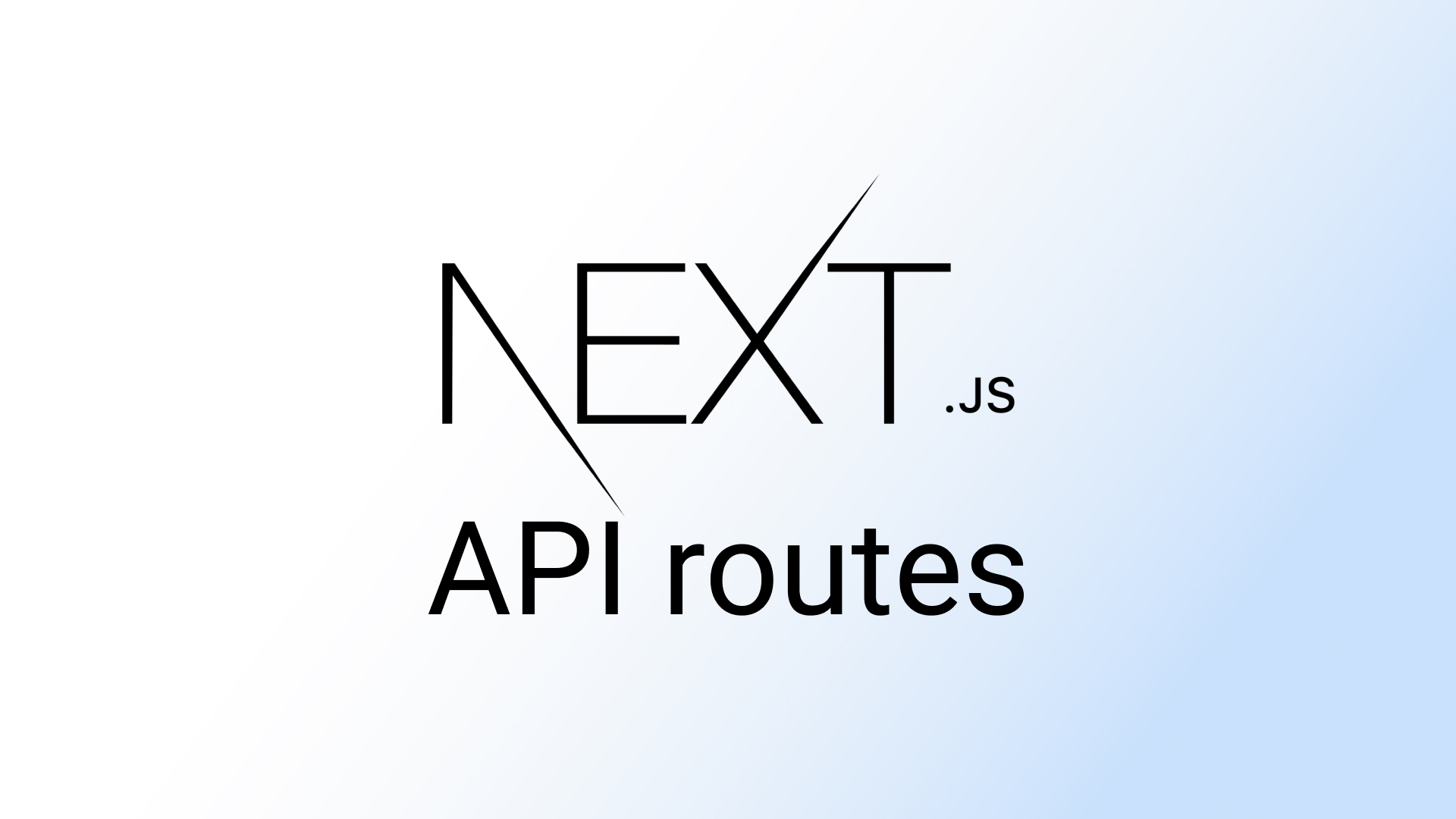In the ever-evolving landscape of web development, optimizing for both performance and functionality is paramount. Next.js, a React framework renowned for its versatility and efficiency, offers a powerful feature known as API Routes.
These routes, nestled within the pages/api directory, provide developers with a seamless means to create serverless functions, unleashing a world of dynamic server-side functionality for their applications.
Unraveling Next js API Routes
Next.js API Routes serve as an ingenious mechanism for integrating server-side logic directly into Next.js applications.
These routes, defined within the designated pages/api directory, automatically map to corresponding URLs, enabling developers to handle various types of HTTP requests effortlessly.
This streamlined approach to defining API endpoints within the application simplifies the development process and maintains a coherent codebase.
Harnessing the Power of Next.js API Routes
Let’s dive into an example to illustrate the capabilities of Next.js API Routes:
Next js API Routes Example
// pages/api/hello.js
export default function handler(req, res) {
if (req.method === 'GET') {
// Handle GET request
res.status(200).json({ message: 'Hello, Next.js API Routes!' });
} else if (req.method === 'POST') {
// Handle POST request
const { name } = req.body;
res.status(200).json({ message: `Hello, ${name}!` });
} else {
// Handle unsupported methods
res.setHeader('Allow', ['GET', 'POST']);
res.status(405).end(`Method ${req.method} Not Allowed`);
}
}
In this example, we define a simple API route hello.js within the pages/api directory. This route handles both GET and POST requests, responding with a greeting message.
The versatility of Next.js API Routes allows developers to define custom logic based on the HTTP method used.
Seamless Integration
Next.js API Routes seamlessly integrate with the existing Next.js ecosystem, offering developers a unified environment for building dynamic web applications.
Whether it’s fetching data, processing form submissions, or executing server-side operations, API Routes provide a consistent and efficient means to handle diverse backend functionalities.
Versatility in Request Handling
With support for a myriad of HTTP methods such as GET, POST, PUT, and DELETE, Next.js API Routes offer unparalleled flexibility in request handling. Developers can effortlessly define custom endpoints to cater to specific requirements, ensuring seamless interaction between client-side components and server-side logic.
Serverless Scalability
One of the standout features of Next.js API Routes is their serverless nature, which enables effortless scalability and cost-effective deployment.
By leveraging serverless functions, developers can ensure optimal resource utilization and handle fluctuating workloads with ease, all while minimizing operational overhead.
Dynamic Content Generation
Next.js API Routes empower developers to generate dynamic content on the server side, enhancing the responsiveness and interactivity of their applications.
Whether it’s fetching real-time data from external APIs, processing user-generated inputs, or generating personalized content, API Routes offer a robust framework for delivering dynamic experiences to end-users.
Streamlined Development Workflow
By encapsulating backend logic within the application itself, Next.js API Routes streamline the development workflow and promote code reusability. Developers can leverage familiar tools and libraries within the Next.js ecosystem to build and deploy API endpoints, fostering a cohesive and efficient development environment.
Next.js API Routes represent a paradigm shift in the realm of web development, offering developers a powerful toolkit for building dynamic and scalable applications.
Whether it’s handling backend logic, fetching data, or processing user requests, API Routes provide a seamless means to integrate server-side functionality into Next.js applications.
With their versatility, scalability, and streamlined development workflow, Next.js API Routes empower developers to unleash the full potential of their applications, ushering in a new era of dynamic server-side functionality.

